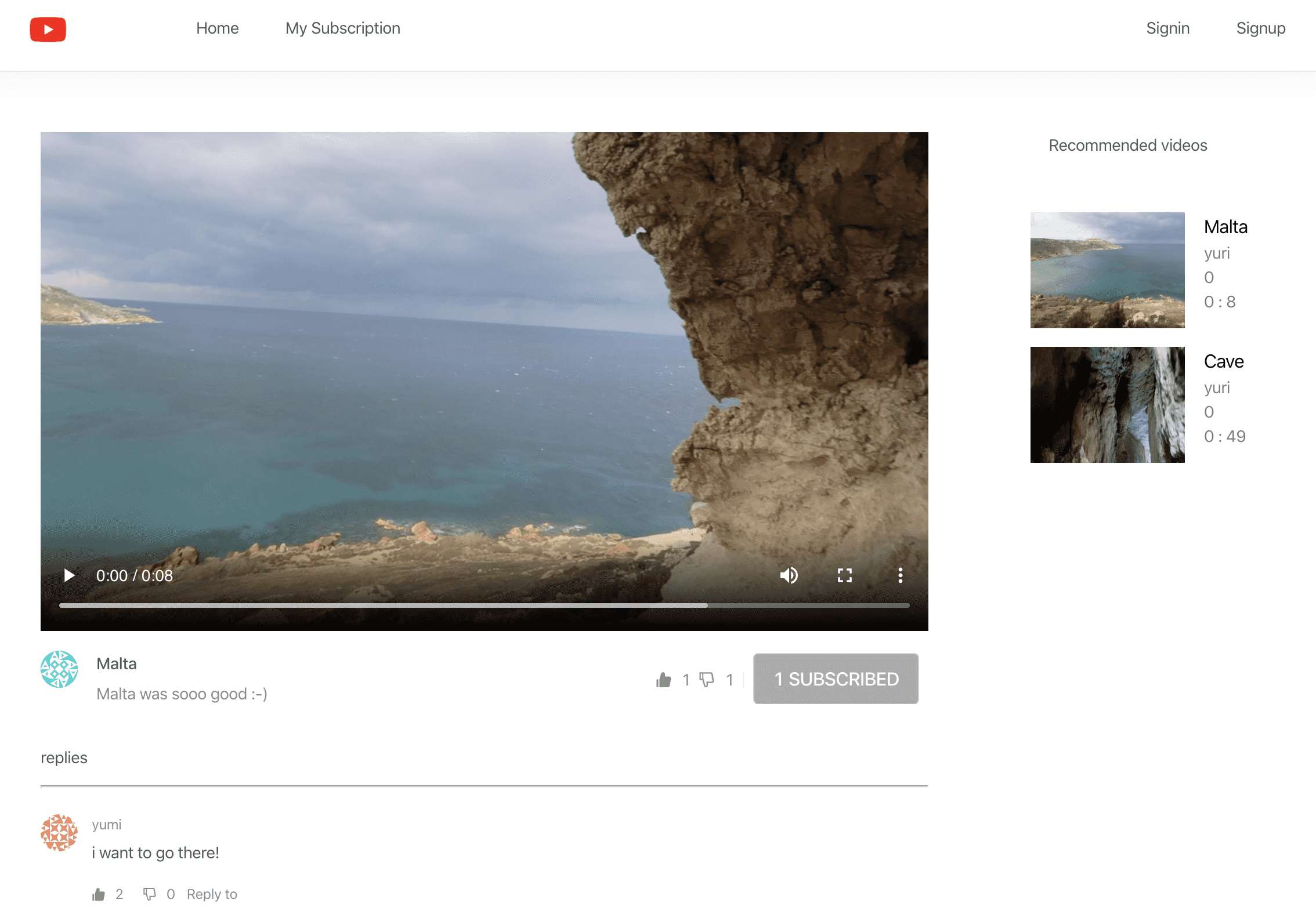
Now we are diving into the main purpose of the article. I have shared some insights about Flask and Deployment. There are many platforms that offer deployment of our apps to their servers. Flask provides independent or full control to us for creating applications, What is Deployment?ĭeployment is a way through which we can share our applications with our clients, friends, and anyone on the internet. It is based on the Werkzeug WSGI toolkit and Jinja2 template engine. What is Flask?įlask is a popular, lightweight micro web framework written in python. Now As we are here to discuss the deployment of the Flask app, before starting the main process here is some introduction to Flask and Deployment. Heroku is a cloud-based service that provides a development environment for different languages such as Python, Java, Ruby, Node, Go, Scala and Clojure. You can easily deploy your applications by following this guide. Deploying applications on Heroku is very friendly and straightforward. Installing ffmpeg in the /usr directory ensures it will be available to the web application in /usr/bin.This article will let you know in detail how to deploy flask app on Heroku.

However, if you have a Rails application running, the default webapp user that runs the application may not have /usr/local in its PATH. Ordinarily it is a good practice to install packages from source into the /usr/local directory.

The commands line then tells Elastic Beanstalk to change into the newly unpacked ffmpeg-3.2 directory, and configure and install FFmpeg. Next, the sources line instructs Elastic Beanstalk to download and unzip the ffmpeg tarball into the /usr/local/src directory. The packages line of this file tells Elastic Beanstalk to install several packages through yum that are dependencies of FFmpeg. Let’s step through this configuration file. configure -prefix=/usr & make & make install


 0 kommentar(er)
0 kommentar(er)
